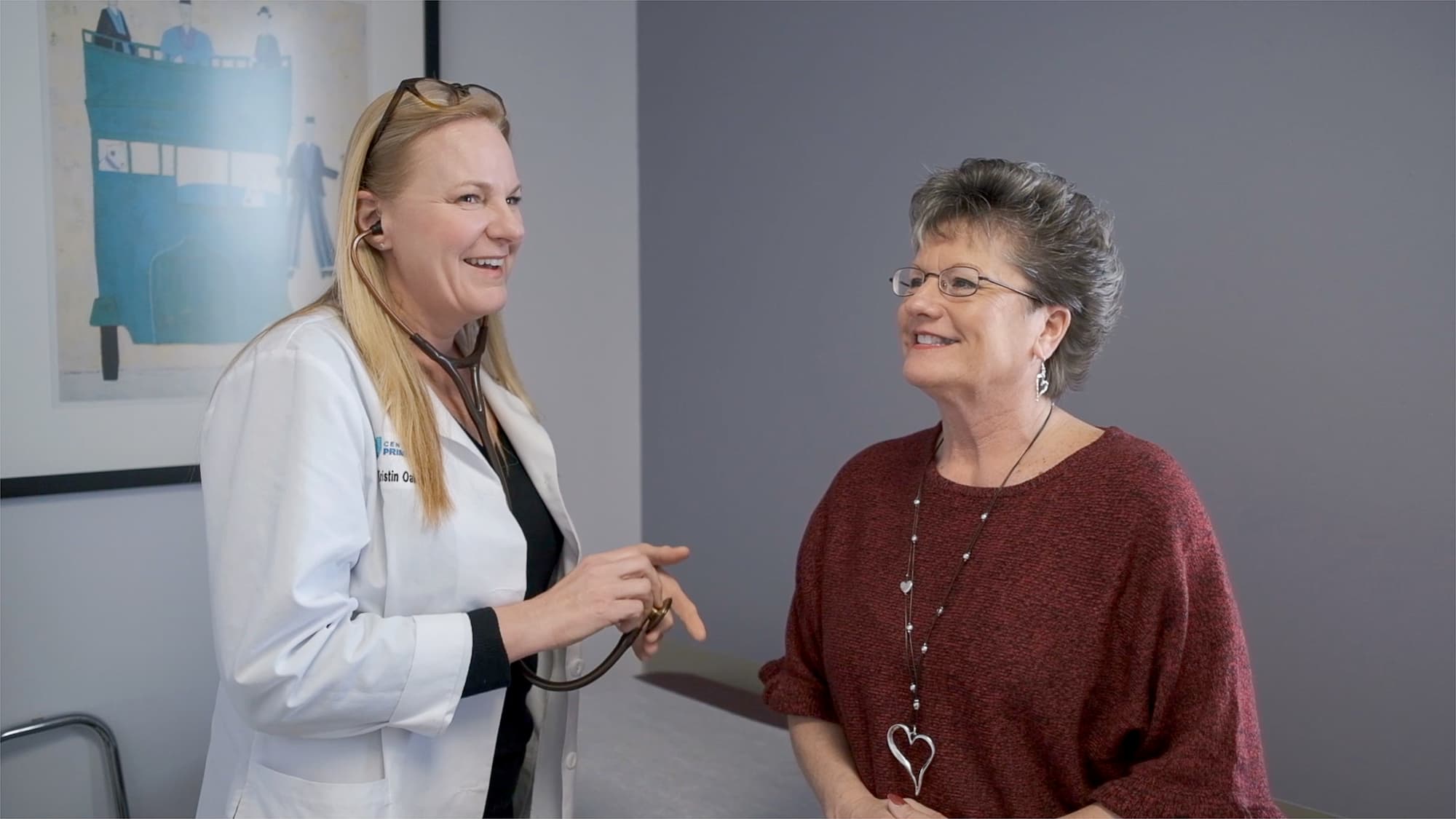When it comes to treating high-risk senior patients, managing the complexity and interactions of multiple medical, social, and other issues can be daunting. For example, it’s not merely about addressing a patient’s chronic kidney disease; it’s also crucial to understand how that chronic kidney disease may influence treatments for their osteoporosis, heart disease, or other ailments, along with considerations like medication affordability and potential social isolation.
Therefore, it’s essential that your high-risk program helps identify senior patients who may need more time and intensive resources, such as more frequent primary care physician (PCP) visits, to address the variety and complexity of their conditions.
The Significance of High-Risk Patient Identification
In the value-based care (VBC) model, identifying high-risk senior patients is not just a clinical priority but a financial and operational one. By pinpointing these individuals, health care providers can ensure targeted care delivery, leading to better health outcomes.
The cost implications of not identifying and managing these high-risk patients can be staggering. That’s why early identification and intervention is important. It can significantly reduce long-term health care costs, prevent hospital readmissions, and ensure that resources are used where they are most needed. The bottom line? Early identification not only enhances patient health but also contributes to a more efficient healthcare system.
Examples of Effective Risk Identification
Through agilon’s Total Care Model, a single platform of clinical and financial management, agilon health provides resources for effective risk identification. With its vast database potential, which surpasses what many individual physicians might have access to, agilon has empowered physicians with a detailed list of high-risk patients, giving them a significant advantage in patient management.
Identification of care gaps and spotlighting previously unaddressed health issues are just a few of the powerful tools that the Total Care Model provides. These timely insights enable PCPs and their care teams to take immediate, meaningful actions, ensuring that patients receive the care they need precisely when they need it.
This infrastructure helps providers see patients more proactively rather than reactively. The goal is that additional proactive visits to the PCP may prevent an issue that would have negatively impacted the patient and required several follow-up PCP and specialist visits or hospitalizations. By proactively seeing patients, the PCP can get ahead of issues before they worsen, with the goal of keeping patients healthier, with better outcomes, and reducing avoidable utilization.
High-risk senior patients are also flagged for potentially benefiting from earlier follow-up upon discharge, to help provide continuity and better coordinated care in what can be a challenging time for these patients with complex conditions.
How Value-Based Care Can Help Identify High-Risk Patients
At its core, value-based care models prioritize patient outcomes over service volumes. This intrinsic focus on outcomes naturally compels health care providers to allocate resources more effectively, emphasizing the importance of identifying high-risk individuals.
Empowering Health Care Providers with Data-Driven Approaches
In today’s digital age, data has become an indispensable tool in healthcare. By adopting data-driven strategies, providers can gain actionable insights into patient health patterns. Predictive analytics, for instance, can alert providers to potential health risks before they become severe issues.
Using comprehensive patient lists supplied by agilon, practitioners can efficiently discern each patient’s status. This systematic approach facilitates the scheduling of patients for crucial annual wellness visits and necessary follow-up appointments, effectively preventing patients from falling through the cracks of the healthcare system.
Optimizing Resource Allocation and Efficiency
Recognizing high-risk patients is crucial both for clinical outcomes and efficient operations. Correctly pinpointing these patients enables optimal use of resources, whether that’s time, staff, or equipment.
“agilon has definitely provided us with tools,” says Dr. Amanda Williams, a physician partner at Physicians Group of Southeastern Ohio. “I’m a small business, small practice, small town girl. And we do not have fancy analytics, so they are able to provide that for us.”
As part of its “high-risk” program, agilon has introduced the “touchpoints” initiative, which promotes consistent check-ins with higher-risk patients during the year, guided by their PCP’s recommendations.
Dr. Williams continues, “It’s amazing because I can identify a high-risk patient, and then I know if they’re high-risk that we need to increase their PCP touchpoints to make sure that we keep them out of the ER and out of the hospital and essentially wrap our chronic care management team around those patients. And this ultimately will provide better patient care.”
Reducing Hospital Readmissions
One key aim of the program is to cater to patients with higher complexities and a heightened risk of readmission. By ensuring patients receive immediate attention upon leaving the hospital, their recovery process is bolstered, and the likelihood of readmissions can be reduced—a pivotal factor for patient well-being and cost-effective healthcare management.
To achieve this goal, the program emphasizes early engagement with the patient. This might involve the PCP initiating contact on the day the patient arrives home or even dispatching a nurse to visit the patient while still hospitalized, ensuring comprehensive post-discharge plans are in place. Such proactive measures can greatly enhance the overall quality of care and potentially mitigate avoidable readmissions.
Get Better Outcomes by Partnering with agilon health
Recognizing the immense importance of identifying senior high-risk patients in VBC is just the start. Partnering with experienced organizations like agilon health can transform this recognition into tangible results. With agilon health, healthcare providers have the potential to improve patient outcomes, reduce hospital readmissions, and achieve notable cost savings.
Ready to make a difference? Learn more about the unique agilon health partnership.
Contact for media enquiries
[email protected]Up Next.

Blog Jan 02, 2024
Empowered PCP: The Power of agilon’s Physician Network
Dr. Swaim explains how engaging within the agilon physician network can improve managing and delivering care, enhancing the physician-patient relationship.



